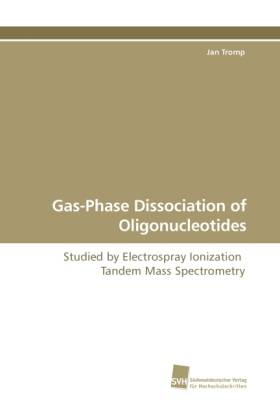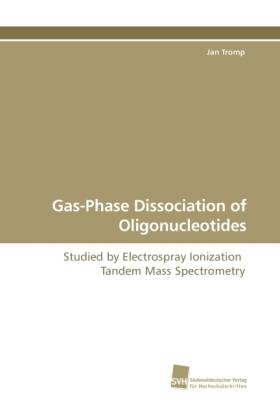
- Afhalen na 1 uur in een winkel met voorraad
- Gratis thuislevering in België vanaf € 30
- Ruim aanbod met 7 miljoen producten
- Afhalen na 1 uur in een winkel met voorraad
- Gratis thuislevering in België vanaf € 30
- Ruim aanbod met 7 miljoen producten
Zoeken
Omschrijving
Oligonucleotides have great potential in diagnostic and therapeutic applications. Their high specificity offers promise for the development of new drugs for protein induced diseases. Several modifications were introduced in oligonucleotides to improve nuclease resistance, binding affinity and specificity. The various unnatural oligonucleotides are not compatible with the classical sequencing techniques. Therefore, new methods for fast and unambiguous sequence verification are needed. Mass spectrometry has the potential to achieve these requirements.However, mechanistic aspects of oligonucleotide dissociation have to be clarified first. In this work unmodified DNA, RNA and several ribose or base modified oligonucleotides were analyzed to elucidate the gas-phase dissociation mechanism. Experiments with 2'-modified oligonucleotides were performed to investigate the reasons for the different gas-phase fragmentation behavior of DNA and RNA. Oligonucleotides with C-glycosidic bound biphenyl substituents were analyzed to study the influence of the nucleobase in gas-phase dissociation. A mechanism for RNA gas-phase dissociation, in accordance with all experimental data, is presented.
Specificaties
Betrokkenen
- Auteur(s):
- Uitgeverij:
Inhoud
- Aantal bladzijden:
- 88
- Taal:
- Duits
Eigenschappen
- Productcode (EAN):
- 9783838109664
- Verschijningsdatum:
- 28/07/2009
- Uitvoering:
- Paperback
- Afmetingen:
- 152 mm x 220 mm
- Gewicht:
- 141 g

Alleen bij Standaard Boekhandel
+ 106 punten op je klantenkaart van Standaard Boekhandel
Beoordelingen
We publiceren alleen reviews die voldoen aan de voorwaarden voor reviews. Bekijk onze voorwaarden voor reviews.








